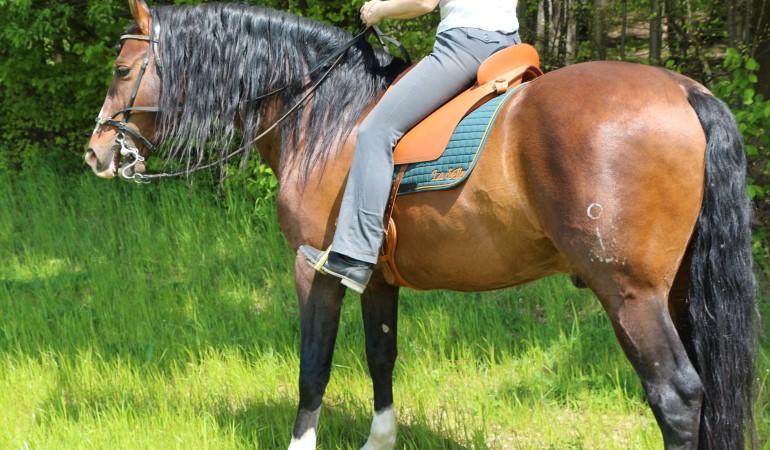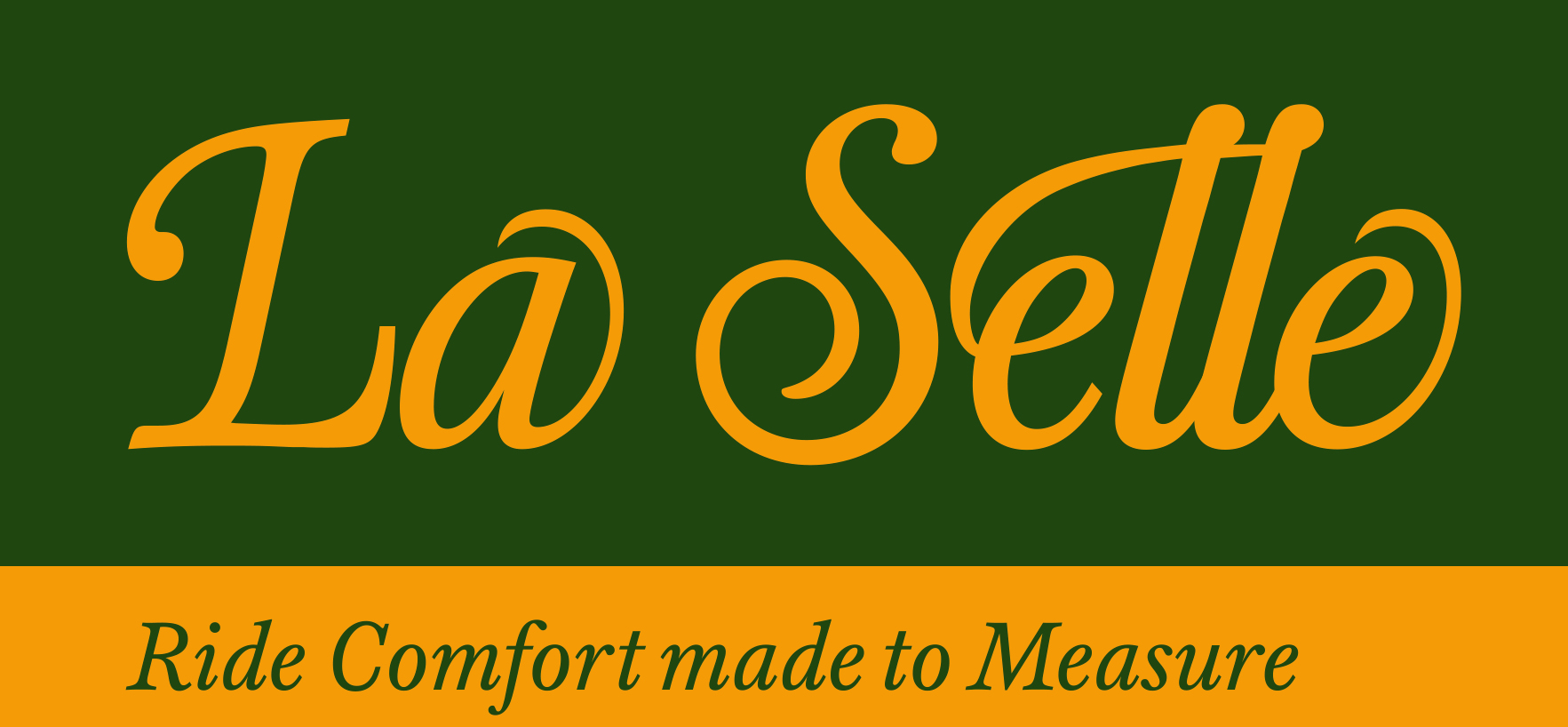Here you will find many interesting topics on horseback and saddle!

Back tightness in the horse
Muscle tightness plays a key role when it comes to problems in the equine locomotor system. At least, those tensions have a huge impact because they can result in a vicious circle, leading to recurrent blockades, injuries or chronic diseases.
Unfortunately, the back is the weak point in the physiological construction of the horse. Therefore, our horses predominantly suffer from back tightness when they are used as riding horses. Under the rider, the back experiences increased load. However, we often do not pay enough attention to the appropriate back training even though the back is the pivot for free movement. Every motion and any impulsion from the hindquarters travel through the back into the horse’s forehand.
From your own, maybe painful experience, you will know how little it takes for tensions to occur. Just a bit too much stress or one careless movement are sometimes enough to make the neck stiff or the back hurt. It is important not to maintain this state but to relieve the tightness as fast as possible to prevent something worse to happen. Therefore, you as a rider ought to know how back tightness develops and how you can identify it.
Why do tensions occur?
Admittedly, there are many causes back tightness can originate from. We have collected the most common reasons.
- Accidents or injuries
- Strain due to a change of training, increasing number of competitions/tests, events/clinics, trail rides
- Stress caused by stable mates, change of stable or rush in the daily routine
- Mainly indoor stabling or rest in the stable (for serious diseases, please check with your vet)
- Inappropriate shoeing, bad hooves
- Dental problems
Let’s not ignore:
- Bad riding
As well as some of the most frequent causes:
- Equipment like the saddle, girths, bridles, bits, stable rugs, boots/bandages and side reins
Of course, it is important to detect the cause of the tightness. Only when it’s fixed, your horse’s back problems are going to be a thing of the past. But first, we need to know how to recognize those problems properly. So:
How to identify that your horse might suffer from back pain
Again, the following list contains only the most common signs. In general, you should keep a critical eye on every permanent change of behaviour in your horse.
- Aversion to saddling, girthiness
- Hypersensitivity when grooming
- Aversion to mounting and driving aids
- Resistance in riding, e.g. problems getting the horse on the bit
- Persistent stiffness/immobility: flexion problems, restricted movements
- Dragging the hooves
- Drop in performance
- Rhythm problems
- Tongue lolling
- Swinging the head/pulling
- Teeth grinding
- Abnormal aggression towards other horses
Do you know the 14/70 rule of physiotherapists? It doesn’t mean that only 14 out of 70 saddles fit properly :) It rather decodes the time ratio of muscle degeneration in horses.
This rule describes the phenomenon that up to 70% of the muscles degenerate already after 14 days without training or of movement with restricted mobility (e.g. due to tensions). And even a muscle degeneration of 30% will cause the saddle to not fit anymore.
It is therefore crucial that you are able to identify problems quickly. Additionally, it is important that you use the right tools for riding better and that you allow the horse more freedom of movement.


